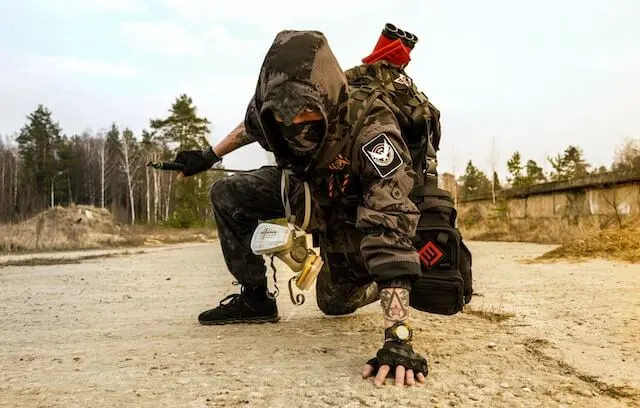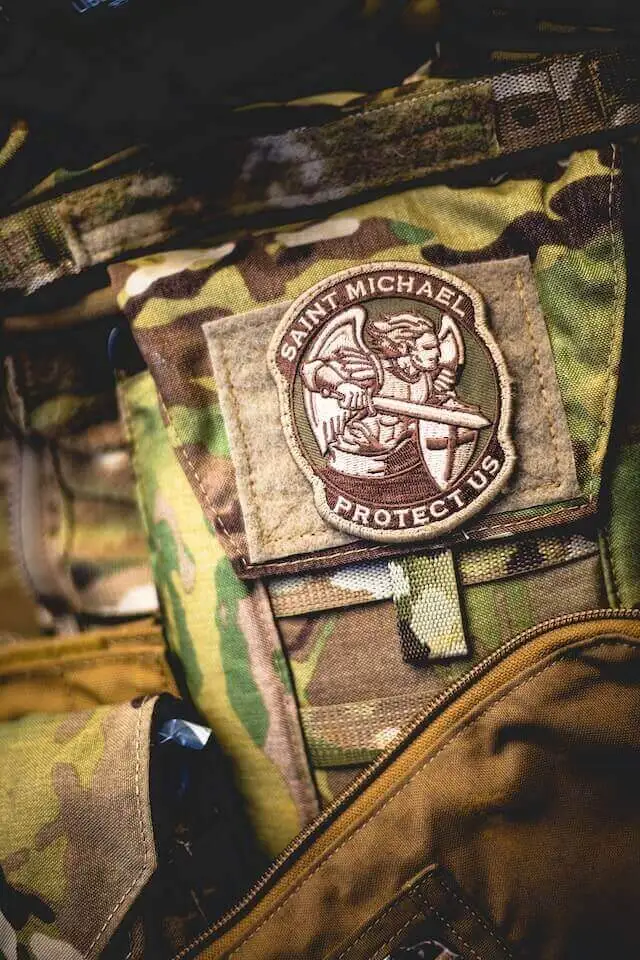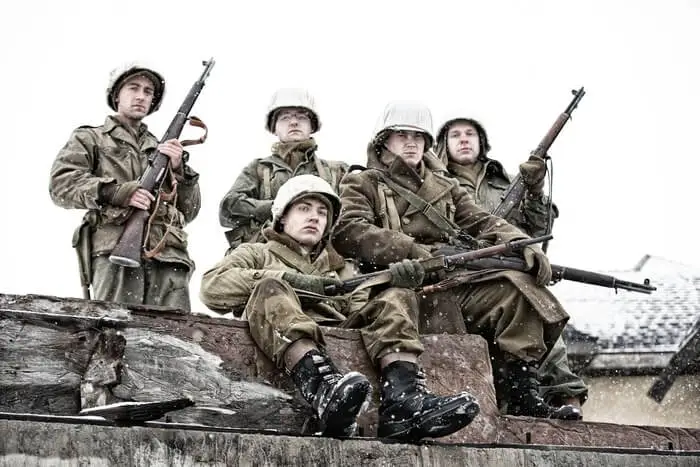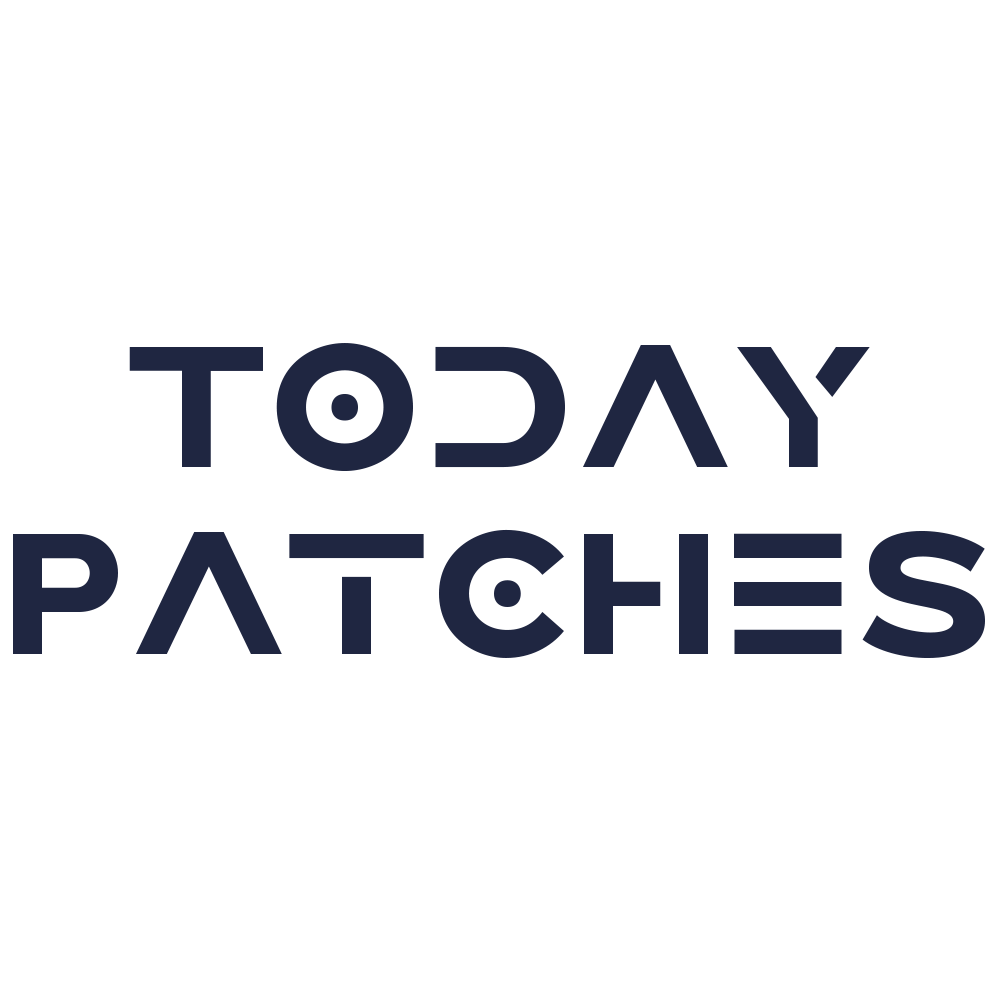
Military patches are more than just pieces of embroidered fabric; they are symbols of identity, morale, and achievement for service members worldwide. These insignias, often sewn onto uniforms, carry with them a rich history that dates back centuries. In this article, we will embark on a journey through time to explore the fascinating history of military patches, from their early origins to their significance in modern times.
Its interesting to know about more about these patches in detail. By exploring the history you can feel more connected to the patches. If you are a history enthusiast, military personnel, veteran, collector, and anyone intrigued by military history and symbolism here is everything you should know about history of military patches.
Early Origins (Pre-1800s to World War I)
The roots of military patches can be traced back to the ancient civilizations of Egypt, Greece, and Rome. In these early times, badges and insignia were used to denote rank and affiliation, much like the patches of today. The practice of carrying regimental colors and flags into battle also served as an early form of unit identification, instilling a sense of pride and camaraderie among troops.

It was during the 18th and 19th centuries that embroidered patches began to emerge as a distinct feature of European militaries. In the British Army, patches were initially reserved for officers, serving both as a mark of status and a practical means of distinguishing comrades in the chaos of battle. These patches featured intricate designs, often reflecting the regiment’s history and heritage.
World War I and the Rise of Unit Patches

The widespread adoption of unit patches came to the forefront during World War I. This era saw patches becoming a standard feature across various military branches. There were several factors contributing to this surge in popularity. The need for quick identification on the battlefield, especially in the midst of large-scale combat, was a primary driver. Patches also played a crucial role in boosting morale and esprit de corps among troops, as they symbolized unity and pride in one’s unit.
World War I witnessed the birth of iconic patches from different countries. For example, the “Doughboy” patch of the American Expeditionary Forces featured an infantryman’s silhouette and became emblematic of American soldiers. These patches bore unique designs and symbolism, often drawing inspiration from the unit’s history, geography, or mission.
Interwar Period and Technological Advancements

Between World War I and World War II, custom military patches underwent significant evolution. Technological advancements allowed for more intricate and colorful designs, with the introduction of new materials and embroidery methods. These innovations made it possible to create patches that were not only functional but also aesthetically appealing.
The interwar period also saw the influence of cultural trends and artistic movements on patch design. Different countries embraced various styles, ranging from art deco to traditional motifs. These patches became a canvas for creative expression, showcasing the diverse cultural backgrounds of the troops who wore them.
World War II and the Global Expansion of Military Patches

World War II marked the zenith of military patch usage, with all major Allied and Axis powers adopting them on a massive scale. Patches played strategic and tactical roles, aiding in unit identification, camouflage, and even deception. The “Screaming Eagles” patch of the 101st Airborne Division and the patches used by the “Ghost Army” deception unit are notable examples of this period.
World War II also witnessed the emergence of distinct regional styles in non-Western militaries. These patches not only denoted affiliation but often conveyed unique cultural symbols and traditions, further solidifying their importance.
Post-War Era and the Diversification of Military Patches
Military patches continued to evolve in the post-war era, becoming integral to conflicts like the Vietnam War, the Cold War, and modern conflicts. They not only identified units but also reflected individual achievements and specific campaigns. In this era, unofficial and commemorative patches began to proliferate, showcasing unit pride and the unique experiences of service members.
Technological advancements continued to impact patch design and production, with digital printing and customized designs becoming prevalent. This allowed for greater precision and personalization in patch creation, contributing to their enduring popularity.
Beyond Battlefield Symbolism: The Cultural Significance of Military Patches
The cultural impact of military patches extends far beyond their battlefield usage. These emblems have found their way into popular culture, appearing in movies, video games, and fashion trends. They are symbols of heroism, dedication, and honor, often evoking a sense of nostalgia and respect.
Similarly, the History of Varsity Jackets shows how these garments have become iconic in their own right, representing school pride and achievement.
Additionally, the collecting and preservation of military patches have become a cherished historical hobby, connecting enthusiasts with veterans’ communities and preserving the rich tapestry of military history.
Bottom Line
Military patches have a storied history that spans centuries and continents. They have evolved from simple badges of identification to complex symbols of pride, unit cohesion, and individual achievement. These patches continue to serve as powerful reminders of the sacrifices and dedication of service members, both past and present.
References:
- https://fashionarchives.org/educational-programming/army-air-force-patches/
- https://www.americanpatch.com/about/blog/general-information/the-history-of-military-patches/
- https://www.patches4less.com/blog/origins-the-history-of-military-patches
- https://mwi.westpoint.edu/combat-patch-culture-era-persistent-competition/
